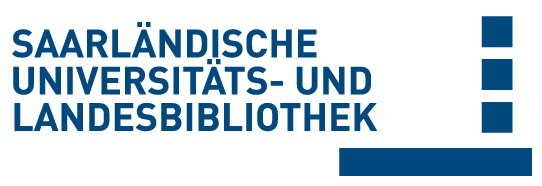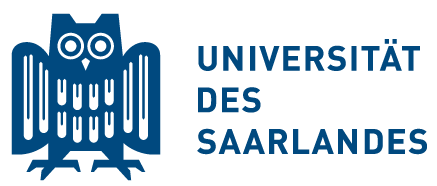Please use this identifier to cite or link to this item:
doi:10.22028/D291-45691 | Title: | Femtosecond Laser-Assisted Donor and Recipient Preparation for Bowman Layer Transplantation |
| Author(s): | Schlosser, Rosemarie Rickmann, Annekatrin Szurman, Peter Wahl, Silke Seitz, Berthold Wakili, Philip Müller, Lisa Julia Roberts, Philipp Ken Boden, Karl Thomas |
| Language: | English |
| Title: | Journal of Clinical Medicine |
| Volume: | 14 |
| Issue: | 12 |
| Publisher/Platform: | MDPI |
| Year of Publication: | 2025 |
| Free key words: | Femtosecond Laser (FSL) Bowman layer transplantation keratoconus femtosecond laser Ziemer LDV Z8 low-energy femtosecond laser |
| DDC notations: | 610 Medicine and health |
| Publikation type: | Journal Article |
| Abstract: | Objectives: A Ziemer LDV Z8 femtosecond laser (FSL) was used to obtain optimal cutting parameters with precise settings for donor and recipient preparations for Bowman layer transplantation. Methods: Of 48 human research corneas examined, 32 were used for Bowman layer preparation (donor) and 16 for pocket preparation (recipient) using the LDV Z8 FSL. The cutting thickness of the Bowman layer, pocket depth, and corresponding laser settings were varied. The quality of sections was evaluated based on the occurrence of adhesions, bridges, or perforations. Histological specimens were prepared and analyzed. Results: Preparation of the Bowman layer and recipient pocket was possible using all selected settings. The thinner the Bowman layer and the more superficial the pocket preparation, the higher the risk of perforation was. Considering the fact that the Bowman layer was cut as thinly as possible, a Bowman layer thickness of 30 µm showed a 100% success rate. Bowman layers cut at 25 µm had a lower success rate (50%). The pocket depth of 150 µm showed a 100% success rate in the preparation. Histological processing revealed smooth, precisely cut edges of Bowman layers and pockets. Implantation into the pocket was successful in all cases. Conclusions: Both Bowman layer and pocket preparation were technically and surgically feasible using the LDV Z8 FSL, and the prepared Bowman layers were thinner than those reported in previous studies. The optimal Bowman layer thickness was 30 µm, and a resection depth of 150 µm was used to prepare the pockets safely. |
| DOI of the first publication: | 10.3390/jcm14124362 |
| URL of the first publication: | https://doi.org/10.3390/jcm14124362 |
| Link to this record: | urn:nbn:de:bsz:291--ds-456918 hdl:20.500.11880/40190 http://dx.doi.org/10.22028/D291-45691 |
| ISSN: | 2077-0383 |
| Date of registration: | 27-Jun-2025 |
| Faculty: | M - Medizinische Fakultät |
| Department: | M - Augenheilkunde |
| Professorship: | M - Prof. Dr. Berthold Seitz |
| Collections: | SciDok - Der Wissenschaftsserver der Universität des Saarlandes |
Files for this record:
| File | Description | Size | Format | |
|---|---|---|---|---|
| jcm-14-04362.pdf | 1,04 MB | Adobe PDF | View/Open |
This item is licensed under a Creative Commons License


